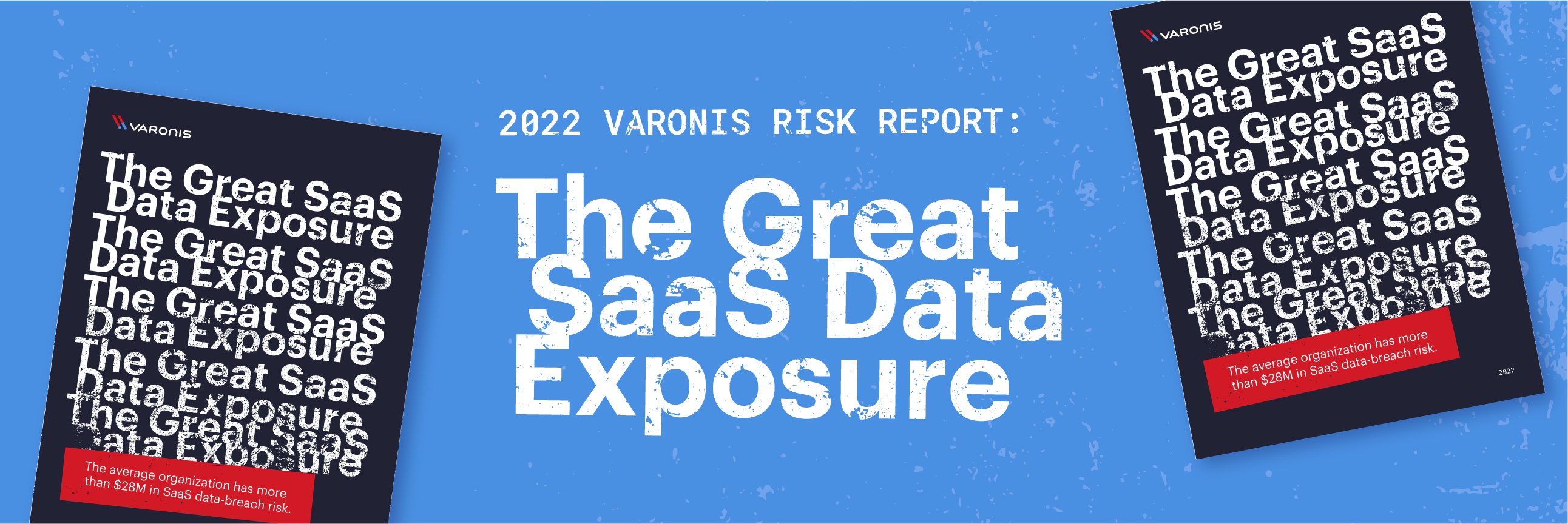Financial services organizations must safeguard tons of highly sensitive information, but data is often left exposed to far too many people. If just one employee clicks on a phishing email, attackers will move into action fast – and they’ll be able to copy, change, encrypt or delete any files the victim can touch. Pretty scary, huh?
To highlight the most common and pervasive issues around enterprise data security, we developed the 2021 Financial Data Risk Report. The new report delves into the state of data security – on-premises, cloud, and hybrid environments – for banking, insurance, and investment companies.
We analyzed a random sample of Data Risk Assessments for 56 companies to uncover how exposed companies really are. Our analysts crunched the numbers and examined 4 billion files for the report.
Here are just a few key findings:
- A financial services employee has access to nearly 11 million files. For larger companies, the number doubles to 20 million files.
- 20% of all folders are open to every employee.
- 39% of companies have over 10,000 stale — but enabled — user accounts.
- Nearly two-thirds of companies have 1,000+ sensitive files open to every employee.
- About 60% of companies have 500+ passwords that never expire.

Read the full report: 2021 Financial Services Data Risk Report
👋 Want to see where you stack up?
Get a highly customized data risk assessment run by engineers who are obsessed with data security. Request yours at https://info.varonis.com/start
What should I do now?
Below are three ways you can continue your journey to reduce data risk at your company:
Schedule a demo with us to see Varonis in action. We'll personalize the session to your org's data security needs and answer any questions.
See a sample of our Data Risk Assessment and learn the risks that could be lingering in your environment. Varonis' DRA is completely free and offers a clear path to automated remediation.
Follow us on LinkedIn, YouTube, and X (Twitter) for bite-sized insights on all things data security, including DSPM, threat detection, AI security, and more.






